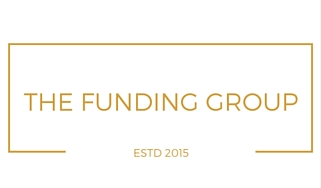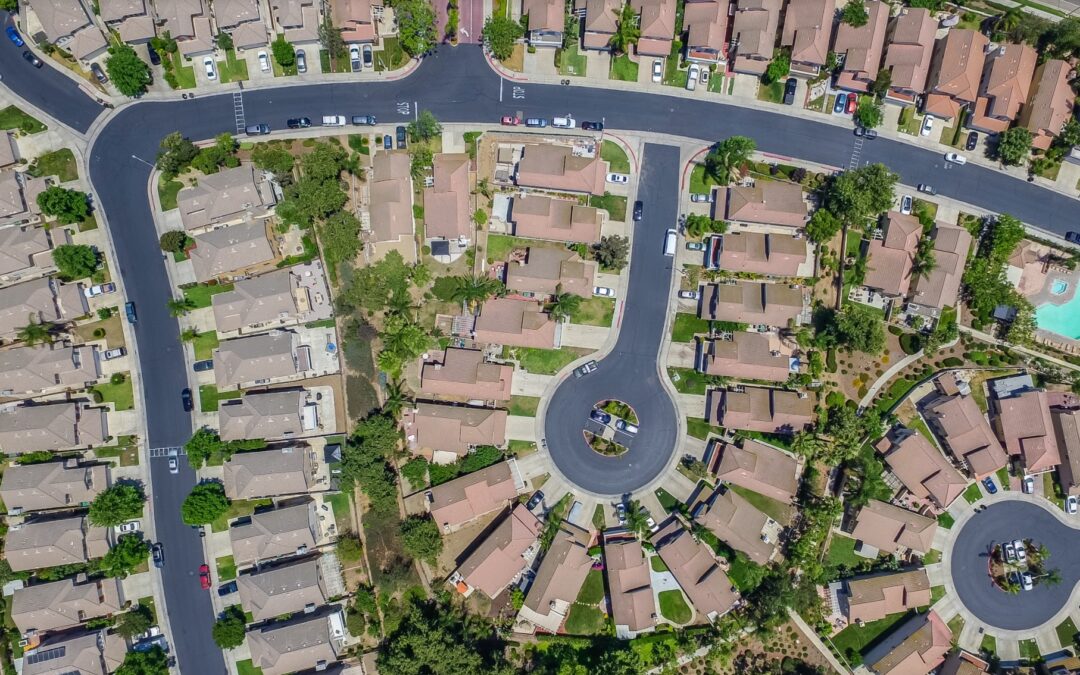There are many types of mortgages.
Understanding the different types of mortgage loans available can help you make the right choice to get approved by a lender to purchase the house that you desire. This can also save you money.
There are many variations of the two main types of mortgage loans.
There are two major mortgage types. However, each type has many variations. These are the two main types.
- Fixed: The majority of homebuyers get fixed-rate mortgages with terms between 30- and 15 years. Often called “conventional,” these mortgages have fixed interest rates and regular monthly principal-and-interest payments that don’t vary over the life of the loan.
- Adjustable There are many types of adjustable-rate mortgages, which can change your monthly payments and interest rate over time.
Each of these two main mortgage categories has an assortment of variations depending on who’s backing the loan – bank or government agency – how big it is, whether it’s for a first-time homebuyer, whether it’s in an urban or rural area, and other factors.
There are many options for interest and down payments, which can make it difficult to understand terms and acronyms. There are:
- Jumbo loans.
- Mortgages in two steps
- Balloon mortgages.
- Bridge loans
- Piggyback loans
You may be eligible for mortgages backed with the:
- Federal Housing Administration (FHA).
- Veterans Administration (VA).
- U.S. Department of Agriculture
Another whole category of mortgages is for generating cash instead of buying a house, including refinancing’s, second mortgages, and reverse mortgages.
Here’s a much thorough look at these different types of mortgages.
Fixed Mortgages: 30-Year Versus 15-Year
According to the Consumer Financial Protection Bureau, (CFPB), 70-75% of homebuyers have historically chosen fixed-rate mortgages due to their predictability.
There are a handful fixed-rate mortgages available. They come at different interest rates and institutions. However, they all share one thing: The shorter your mortgage term, in years is, the higher your monthly payments and the lower the total cost of the loan.
It’s therefore not surprising that the main fixed-rate mortgage options are different by term. A 15-year mortgage interest rate is generally lower than a 30-year mortgage by 0.5% on average.
The 15-year has the advantage that you pay the principal amount on your house quicker.
The amount you pay over the term of your mortgage will be lower because of this time difference. Fixed-rate mortgage terms are also available for 20-year and 10-year loans. However, they are less common than 30-year or 15-year mortgages.
| Shorter term | Longer term |
| Monthly payments that are higher | Monthly payments lower |
| Interest rates are typically lower | Higher interest rates are common |
| Lower total cost | Costs are higher overall |
Source: Consumer Financial Protection Bureau
For specific reasons, homebuyers may choose to have a fixed-rate mortgage term or one of the others. For example, a 30-year loan could help homebuyers afford a bigger house than a 15 year loan by spreading out the cost more.
A 30-year loan may be more affordable for them. Even with a 30-year mortgage, borrowers have flexibility. You have the option to choose to accelerate your payments.
You may decide to move out of the home you have purchased after 30 years. This will make the loan cost less significant.
A 15-year mortgage with a lower interest rate could save you thousands over the long term. It helps you pay off your house faster by helping lower the interest rate.
Online mortgage calculators can be used to compare loan terms, their monthly payments, total cost, and other factors.
These loans require a 20% downpayment. You will likely need to purchase private mortgage insurance (PMI) to finance your loan.
Nonetheless, in practice most buyers pay less: According to the National Association of Realtors, the median down payment for 2019 was just 6 percent for first-time homebuyers, and 16% for repeat homebuyers.
Explaining Adjustable-Rate mortgages
While many borrowers prefer fixed-rate mortgages for their predictability, 25 to 30% of borrowers choose ARMs.
ARMs typically have a fixed interest rate for a set number of years. After that, your rate and monthly payments can change depending on economic conditions. Take, for example:
- A 5/1 ARM: The rate of your mortgage is fixed for the first five year, then it resets each year.
- A 10/5 ARM: The rate of your 10 year-old loan is locked for the first 10 years. After that, it resets every five.
There are also 3/1, 7/1 and 10/1 ARM options. An ARM’s full term is usually 30 years. However, shorter terms may be available.
Fixed-rate mortgages with historically low interest rates mean that ARMs’ initial interest rates aren’t always lower than fixed rate loans.
In the initial period, ARMs might be less expensive than 30-year rates but they are still more affordable than today’s 15 year fixed rates . However, they have lower credit scores and require less stringent criteria to qualify. A handful of individuals who get ARMs plan to sell their homes before the loan resets.
Very similar to ARMs, there are two-step loans that reset only once and balloon loans. These loans have low monthly payments, but lead to a large lump sum payment at the end.
There are other types of mortgages that can be tailored to your needs.
There are many other types of mortgages available, beyond the basic fixed-rate ARMs. These include:
VA, USDA, and FHA loans: First-time homebuyers are eligible for FHA loans. These loans require lower credit scores than any other type of mortgage and have down payments as low at 3.5%. However, they are slightly more expensive than a 30-year mortgage.
FHA loans have a lower down payment which means mortgage insurance can be more expensive. However, it is less costly than standard PMI. FHA loans provide first-time homebuyers with a range of monthly payment options. These payments can be set up to begin small and increase as their income increases.
For rural homebuyers, USDA loans and VA loans offer similar terms.
Jumbo loans These loans are for loans up to $500,000 or more. Due to the high amount of money, these loans are subject to more stringent requirements and reviews.
Piggyback loans To make a downpayment and to qualify for PMI-free, a piggyback loan can be taken at the same rate as your principal mortgage.
You might be eligible for a bridge loan to help you buy a new house while you wait to sell your current one.
Refinancing, Second mortgages, and Reverse mortgages
These types of loans can’t be used to purchase a home. They are for cash based on the equity in your home.
Refinance:Refinances can help you get a lower interest rate and a longer loan term. Cash-out refinancing is a popular option. This replaces your existing mortgage with a loan that is larger than what you owe on the house. You receive the difference in cash.
A second mortgage: While it does not necessarily replace your existing mortgage, a second mortgage adds a mortgage based upon the equity that you have in your home since its purchase. Sometimes they are also known as home equity loans.
Reverse mortgage This allows you to borrow against your equity in your home as a form of advance.

